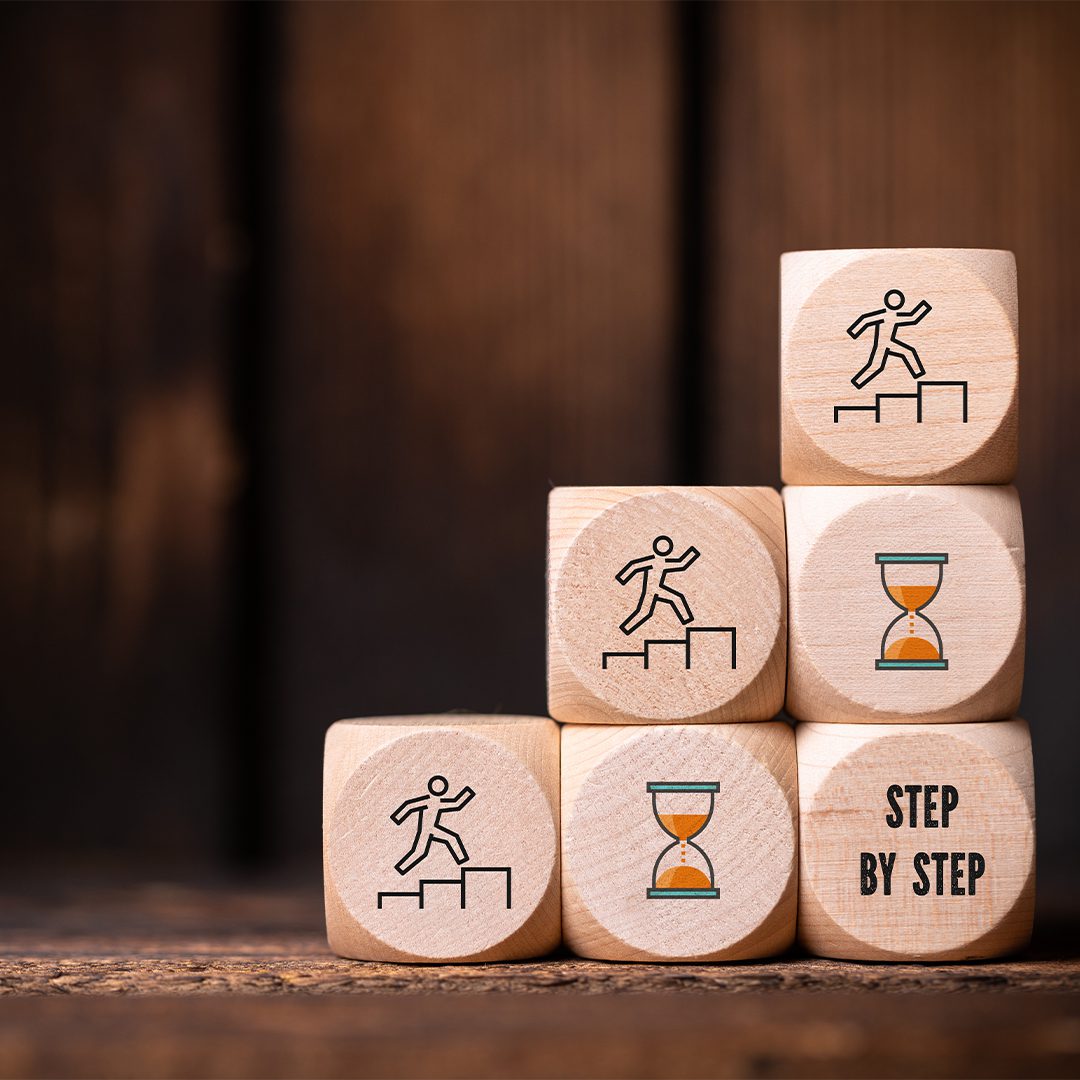Teaching a classroom full of students guarantees part of the students are lost, part are bored, and a few are making learning gains. Students who are lost would benefit from more and differentiated instruction. Bored students need a challenge and an opportunity to move on! All this relates to pace and choice. The more accurately instruction is paced, the better the results. Here are five descriptions of how to pace educational experiences. Which would best meet your learning needs? Which one describes your current instructional practice?
The pace of instruction is determined by:
- Rigidly managed by school calendars, schedules, and pre-established age groupings. All students progress through educational experiences in unison.
- Students are advanced or retained to align to individual needs on an exception basis for demanding parents or other external forces.
- Rigidly managed by school calendars. Schedules and individual teachers vary assignments to align to student needs. Students are advanced or retained to align to need through a pre-established process with student-parent options based on predetermined competency proof points.
- Students are cognizant of long-term educational opportunities. Students are encouraged to explore a full array of learning options regarding pace of learning. Transition assessments are available on demand when students, faculty, and parents feel the student is ready. Social groupings are based on physical and emotional maturity while intellectual pursuits are driven by student mastery.
- Students, with assistance from faculty and parents, are in complete control of the pace of their work and when they will take assessments to prove transition preparation. Educational experiences vary in location, length, focus, and approach to afford students options that match their passion, learning styles, and educational needs.
Dr. Robert Sommers, Chief Academic Officer, MindPlay Education
